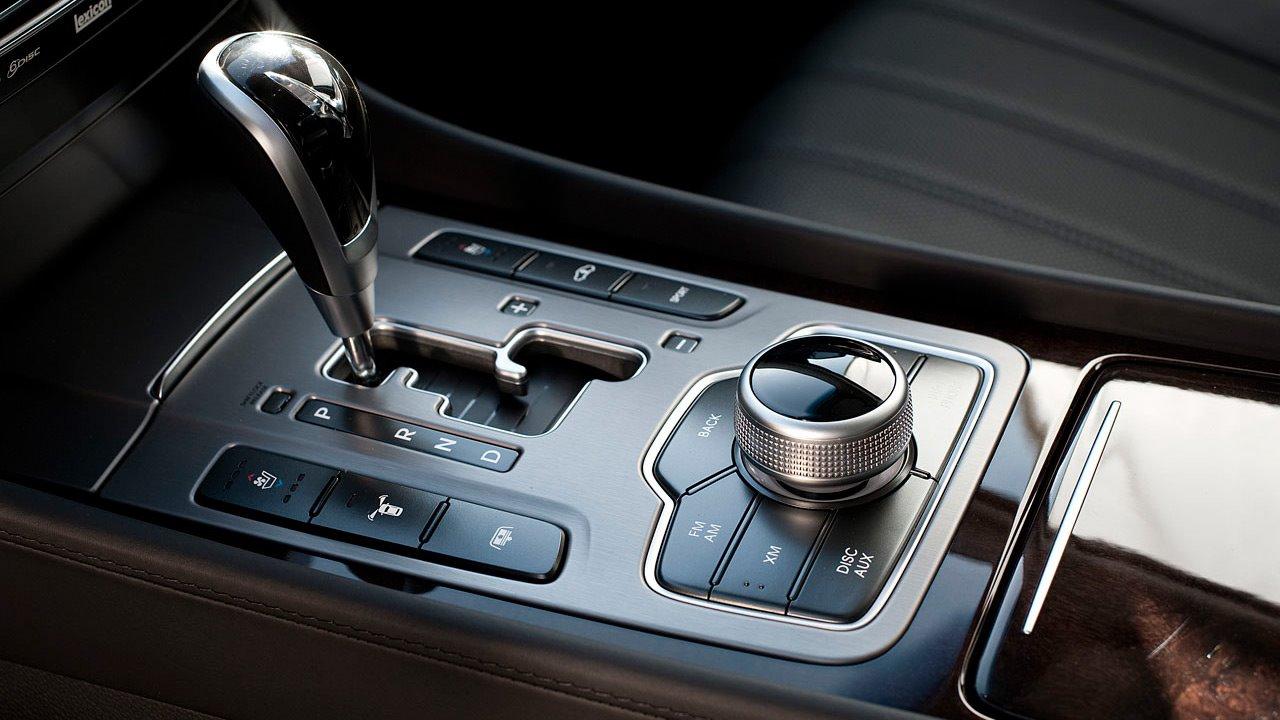
Automatic transmission. How to take care of it?
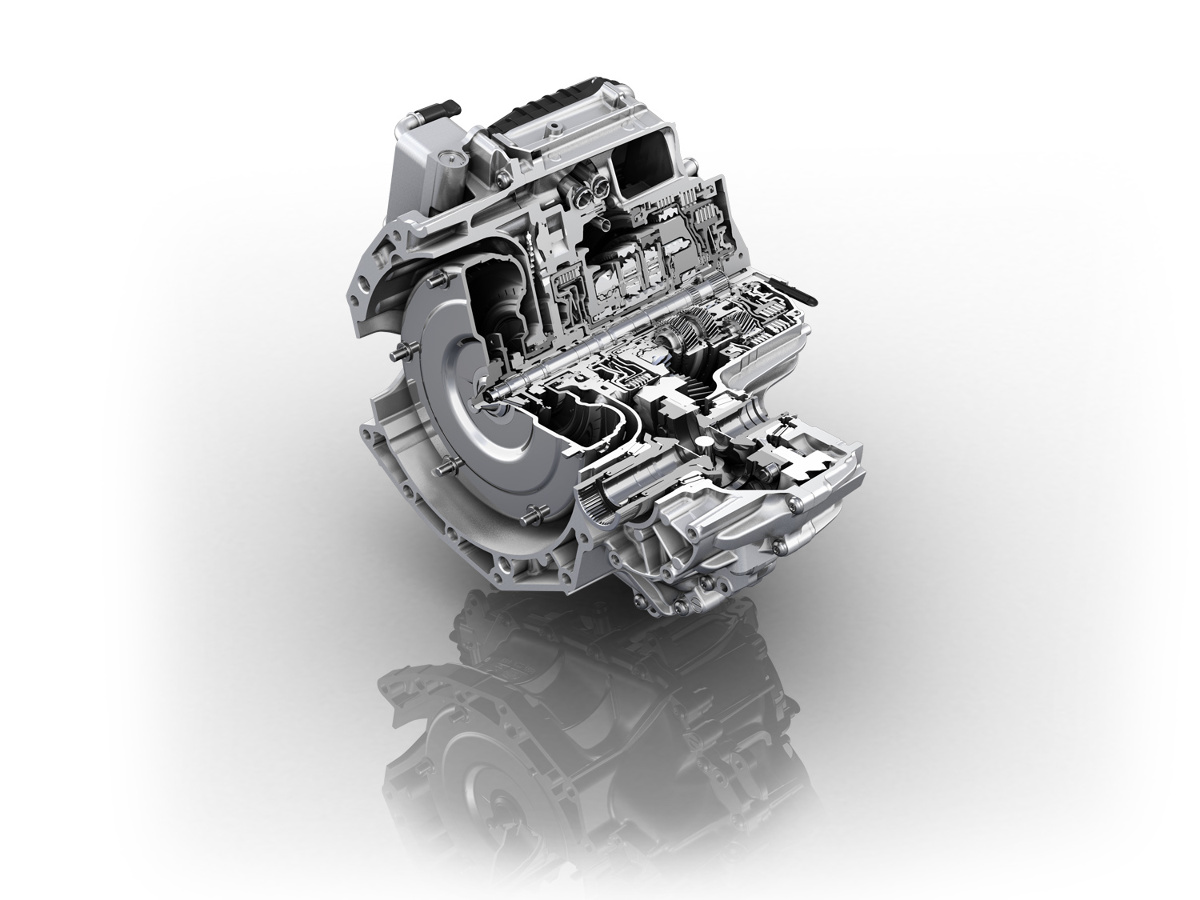 Remembering a few basic principles of automatic transmission operation will save its long mileage and reduce maintenance costs.
Remembering a few basic principles of automatic transmission operation will save its long mileage and reduce maintenance costs.
Until recently, automatic transmissions in passenger cars were associated by Polish drivers as an emergency, expensive accessory that was avoided like fire.
Cars with these transmissions had a lower residual value and, despite the low resale price, it was difficult to find a buyer for them.
The situation has changed recently. Statistics clearly show the growth in sales of cars with automatic transmission in all market segments.
 From premium and sports cars to small city cars, more and more drivers appreciate the comfort of an automatic. Moreover, since the popularization of dual-clutch automatic transmissions, drivers have been able to enjoy dynamic shifting and fuel consumption at the level of manual transmissions, which has greatly expanded the user base. However, it cannot be denied that in the event of a gearbox failure, you still have to take into account the cost of repairs at times, or even several times higher than in the case of a manual gearbox. Interestingly, most failures are due to operational errors and neglect of basic periodic maintenance.
From premium and sports cars to small city cars, more and more drivers appreciate the comfort of an automatic. Moreover, since the popularization of dual-clutch automatic transmissions, drivers have been able to enjoy dynamic shifting and fuel consumption at the level of manual transmissions, which has greatly expanded the user base. However, it cannot be denied that in the event of a gearbox failure, you still have to take into account the cost of repairs at times, or even several times higher than in the case of a manual gearbox. Interestingly, most failures are due to operational errors and neglect of basic periodic maintenance.
Automatic transmission - you need to remember this
So how to take care of the automatic transmission so that it serves us for a long time and without fail?
Let's start with the most important factor - changing the oil. Whether we are dealing with a torque converter or a dual clutch transmission, this is key.
The oil is responsible for lubricating the entire transmission, it removes heat from the working elements, and its proper pressure is necessary to regulate gear ratios.
Therefore, it is necessary to regularly check the condition of the oil and change it regularly.
The oil itself must be selected for a specific transmission, which is indicated in the vehicle manual. You can also rely on a specialized service that will definitely select the right lubricant. This is very important, as improperly selected oil can lead to serious damage.
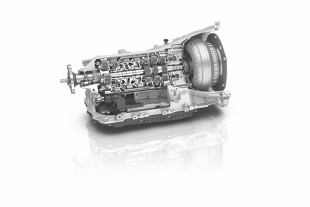 Even if the car manual does not say that the oil needs to be changed, it should be changed for the benefit of the transmission and your wallet, not exceeding the interval of 50-60 thousand. km. mileage. Workshops specializing in automatic transmission service clearly show a direct relationship between oil consumption and a significantly reduced transmission life. Severe operating conditions and relatively high temperatures in the system lead to degradation and loss of factory properties of the oil over time.
Even if the car manual does not say that the oil needs to be changed, it should be changed for the benefit of the transmission and your wallet, not exceeding the interval of 50-60 thousand. km. mileage. Workshops specializing in automatic transmission service clearly show a direct relationship between oil consumption and a significantly reduced transmission life. Severe operating conditions and relatively high temperatures in the system lead to degradation and loss of factory properties of the oil over time.
In addition, the lubricant is fed into the box through very thin channels, which can become clogged with deposits over time. Interestingly, gearbox manufacturers also recommend changing the oil every 50-60 thousand. km. So why does a car manufacturer brag about not replacing it? This is dictated by the policy of caring only for the first client who bought a car in a car dealership. A box with oil not replaced on time will last 150-200 thousand before a major overhaul. km. The manufacturer boasts a low cost of operation, and the fate of the car in the secondary market after the specified mileage is simply no longer of interest to him.
Changing the oil itself is not as easy as changing the engine oil. If the service changes the oil by gravity, then it should be avoided with a wide berth. This method drains approximately 50% of the lubricant, while the system will continue to circulate the second, contaminated and used 50% of the oil. The only correct method for changing the oil in the "machine" is the dynamic method. It consists in connecting a specialized device to the box, which, under pressure and using appropriate chemicals, cleans the entire box and all oil channels.
See also: driver's license. Code 96 for category B trailer towing
All old grease and deposits are washed out, and the appropriate amount of previously selected refrigerant is poured into the box. At the end, the service, if possible in this box, will replace the filter. The cost of the dynamic exchange itself without materials is about 500-600 PLN. The whole process takes about 4-8 hours. The cost of materials can be estimated at PLN 600, but it is variable and depends on the specific gear model. It is also worth having the mechanic check at every technical inspection of the car to see if oil is leaking from the box, which can quickly worsen its condition and lead to failure.
Operation of the automatic transmission
Another important aspect of extending the life of an automatic transmission is proper maintenance. It is very important to avoid a series of mistakes that can significantly reduce the mileage of the gearbox before overhaul.
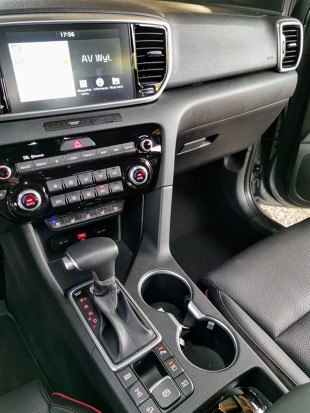 The basic principle of operation, often forgotten by drivers making hurried parking maneuvers, is to change transmission modes only after the car has come to a complete stop with the brake pedal depressed. Especially extremely harmful is the transition from the “D” to “R” mode and vice versa, while the car is still rolling, even slowly. In this case, the transmission components transmit very high forces, which will inevitably lead to a serious failure. Similarly, when you turn on the “P” mode while the car is still moving. The gearbox may lock up in the current gear, which can cause serious malfunction or even complete destruction of the gearbox.
The basic principle of operation, often forgotten by drivers making hurried parking maneuvers, is to change transmission modes only after the car has come to a complete stop with the brake pedal depressed. Especially extremely harmful is the transition from the “D” to “R” mode and vice versa, while the car is still rolling, even slowly. In this case, the transmission components transmit very high forces, which will inevitably lead to a serious failure. Similarly, when you turn on the “P” mode while the car is still moving. The gearbox may lock up in the current gear, which can cause serious malfunction or even complete destruction of the gearbox.
Also, stop the engine only in P mode. Switching off at any other setting deprives the still-rotating components of lubrication, which again shortens the life of the system.
It is worth noting that modern transmissions most often already have electronic drive mode selectors that prevent most of the harmful behavior described above. However, you must be vigilant and develop good maintenance habits, especially when driving in a car equipped with an older generation automatic transmission.
Let's move on to the next errors of exopathy. A very common and common mistake is shifting the transmission into "N" mode while standing in traffic, braking or going downhill.
In an automatic transmission, when switching from the “D” mode to the “N” mode, there should be a sharp alignment of the speed of rotation of the rotating elements, which accelerates their wear. In particular, the frequent, short-term selection of the "N" mode causes backlash in the so-called. splines connecting the elements of the torque converter.
It is worth noting that in the "N" mode, the oil pressure in the gearbox is much lower, which corresponds to the needs of the transmission at rest. Using this mode while driving results in insufficient lubrication and cooling of the system, which again can lead to a serious malfunction.
We must also avoid pressing the brake pedal along with the gas to make an efficient and quick start from a traffic light. This causes a sharp increase in temperature in the box, which has to transmit all the torque that would normally go to the wheels.
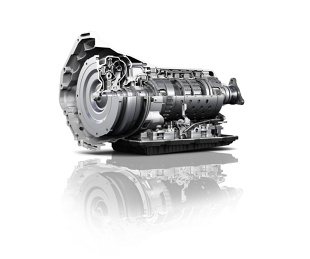 It is strictly forbidden to start a car with an automatic "pride". Not only will it simply not work due to the design of the transmission, but we can also damage the timing, the entire drive, and even the catalyst, which will be destroyed when fuel enters the exhaust system.
It is strictly forbidden to start a car with an automatic "pride". Not only will it simply not work due to the design of the transmission, but we can also damage the timing, the entire drive, and even the catalyst, which will be destroyed when fuel enters the exhaust system.
On steep descents, in addition to the avoidance of neutral gear already mentioned, braking gears should also be used. In newer transmissions, we simply downshift to a lower gear manually, which will not allow the car to accelerate much, in older ones, we can manually limit to 2nd or 3rd gear, which will relieve the brake system.
We also have to be careful when we dig in snow or sand. The method known for manual transmissions, the so-called rocking the car "on the cradle", in the case of automatic transmissions, is almost impossible. As mentioned, fast forward/reverse shifting will change gears while the car is still rolling, putting a lot of destructive stress on the system. The only, safe, do-it-yourself way is to manually downshift and try to slowly get out of the muddy trap.
Also, be careful when attempting to tow a trailer with an automatic transmission vehicle. First of all, you need to check whether the manufacturer allows this possibility, and if it does, then you must strictly adhere to the permitted weight of the trailer. Otherwise, we can overheat again and damage the transmission.
This is similar to towing a damaged car on an "automatic".
Here again, you should check in the manual what the manufacturer allows. Often allows towing at low speeds (40-50 km/h) for a distance not exceeding 40 km, provided that we can leave the engine running in the damaged vehicle during towing. As we already know, a running engine allows the oil to lubricate the moving parts of the gearbox and remove heat from the system. If the vehicle is immobilized with an engine problem, we can only tow the vehicle a short distance, not exceeding 40 km/h. However, the safest way is towing the so-called butterfly, hanging the car by the drive axle or loading the car onto a tow truck. The last solution is the only valid option if towing is due to a malfunction of the gearbox itself.
To sum up, by following the principles of maintenance and operation outlined in the article, we can provide our gearbox with even several hundred thousand kilometers of trouble-free driving, regardless of whether our car is equipped with a torque converter, dual clutch or continuously variable transmission. In addition to trouble-free operation, the automatic transmission will thank us with ride comfort, and in the case of dual-clutch models, with shifting speed at the level of an experienced driver with mechanics.
See also: Porsche Macan in our test